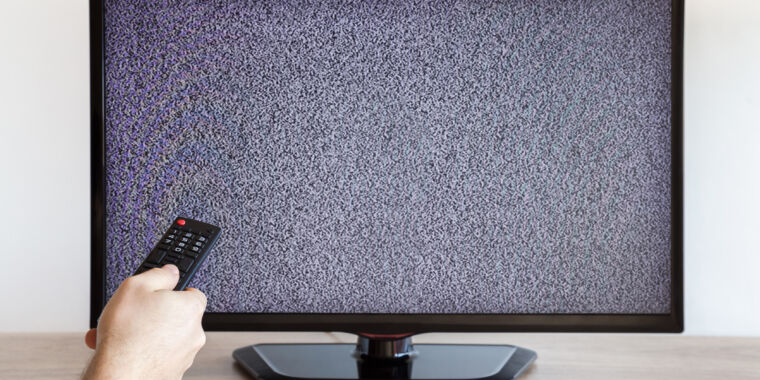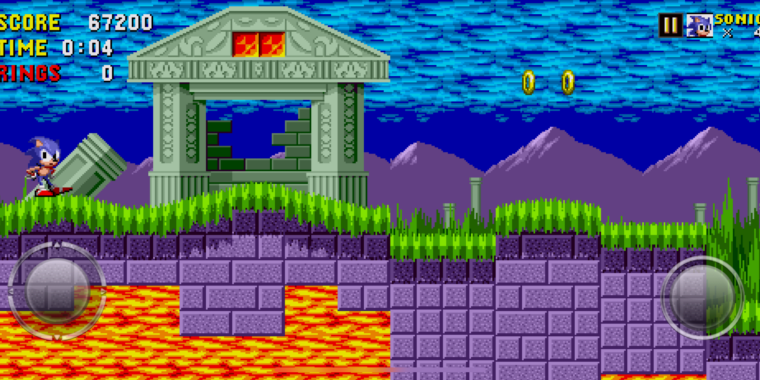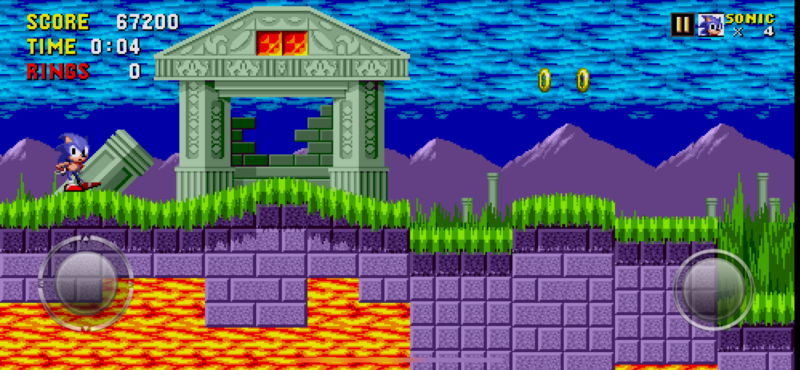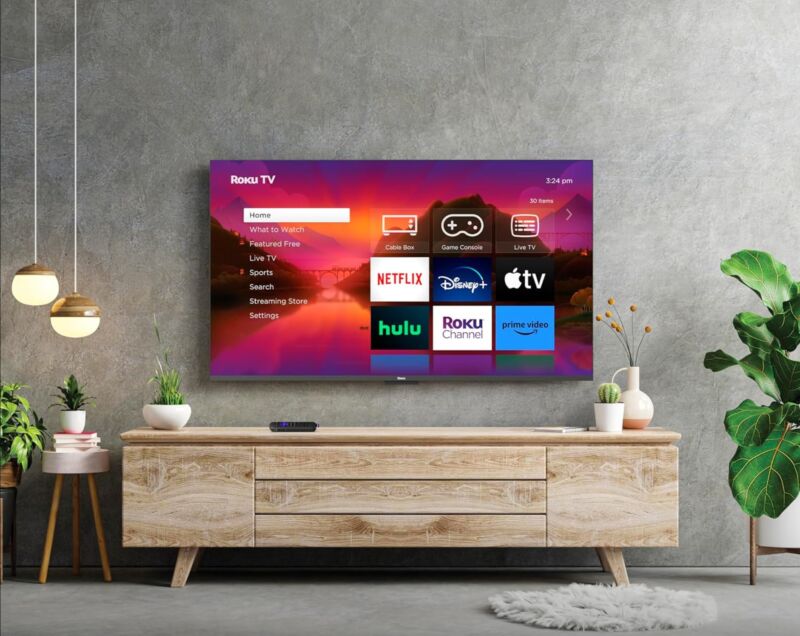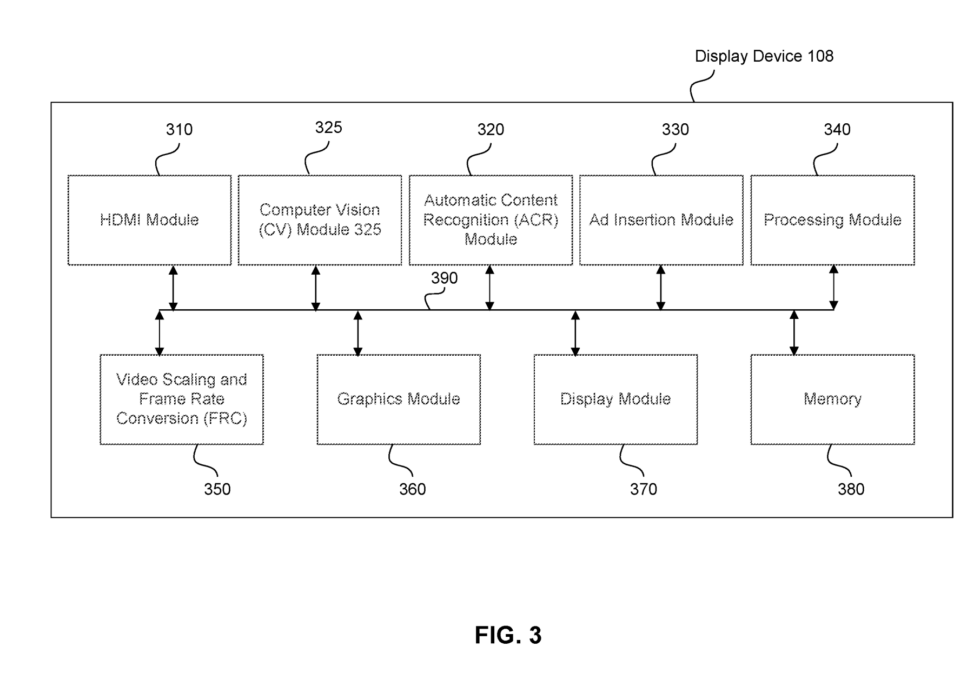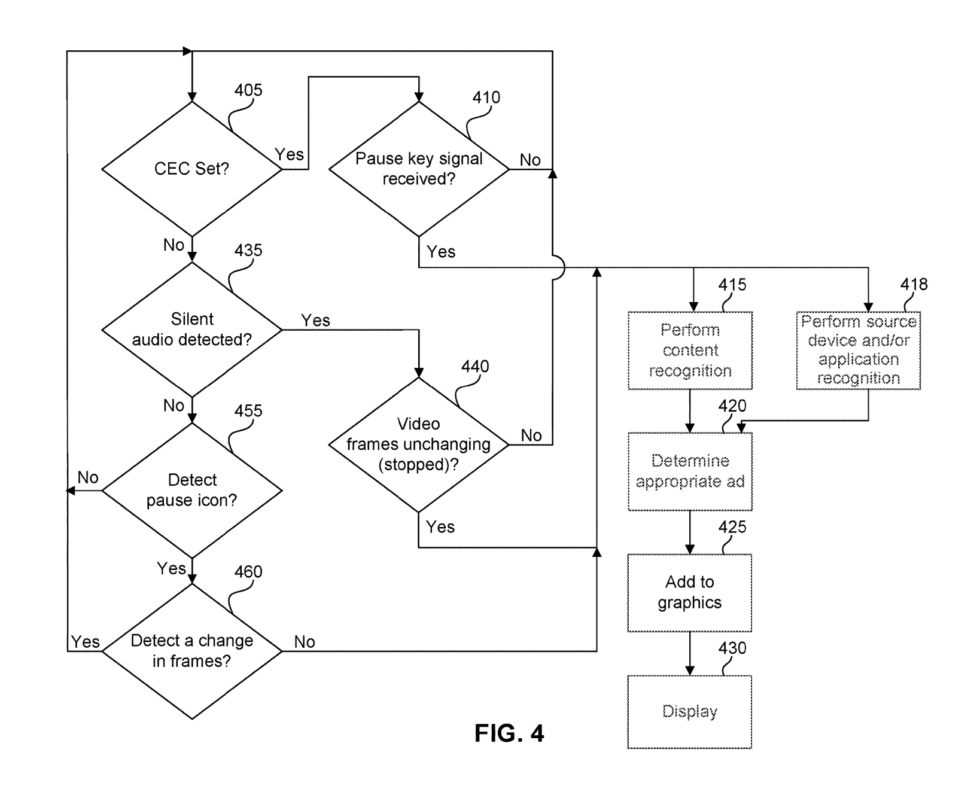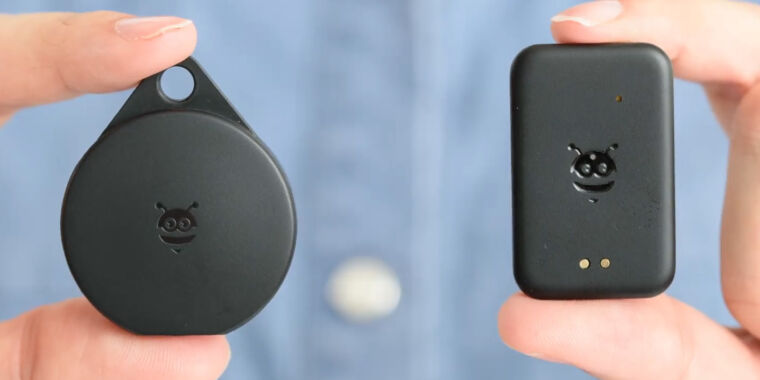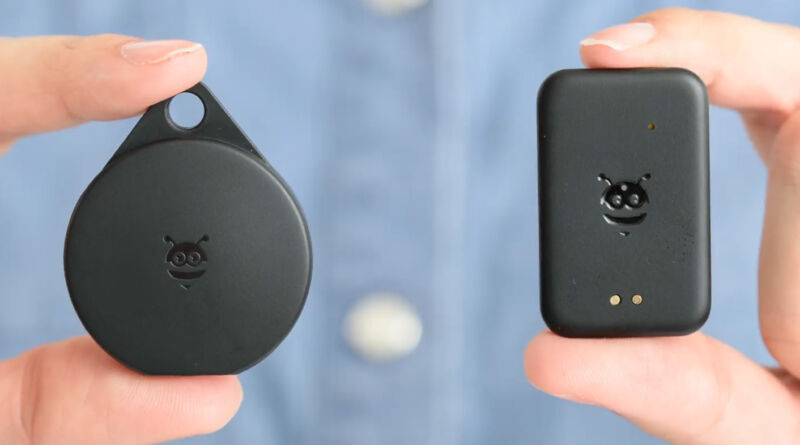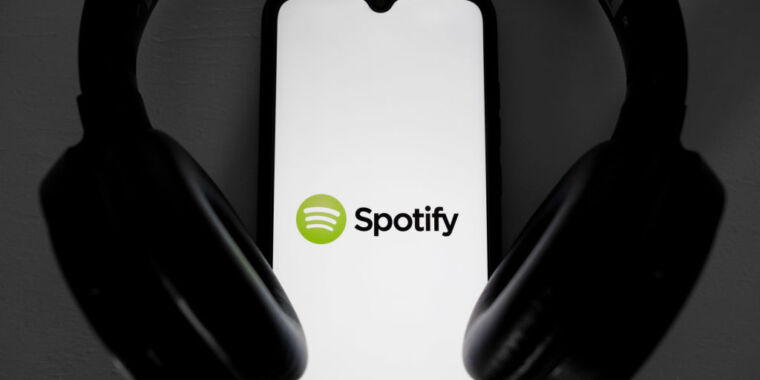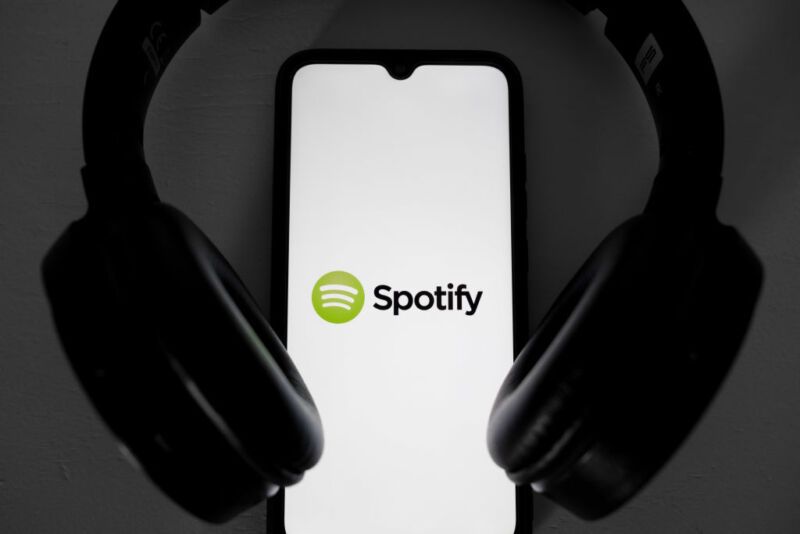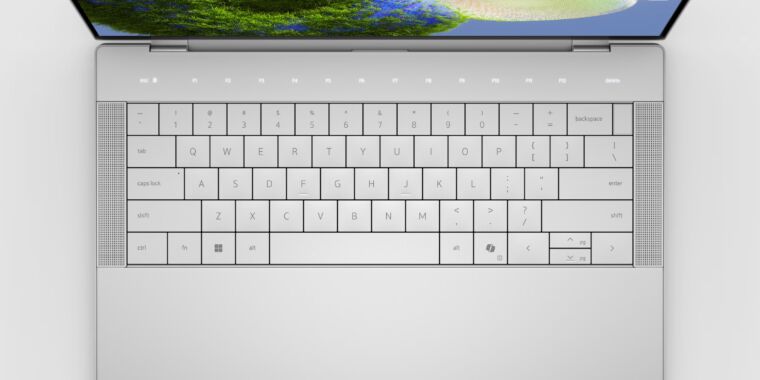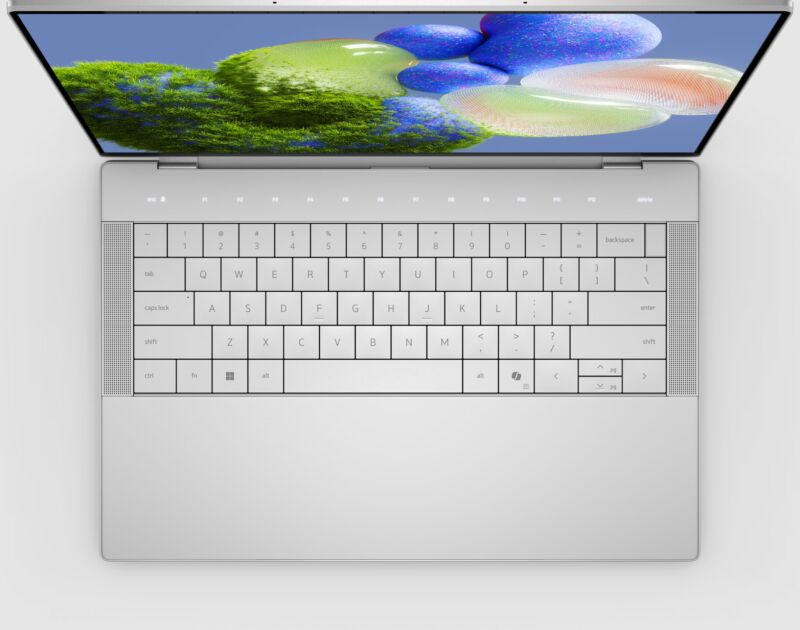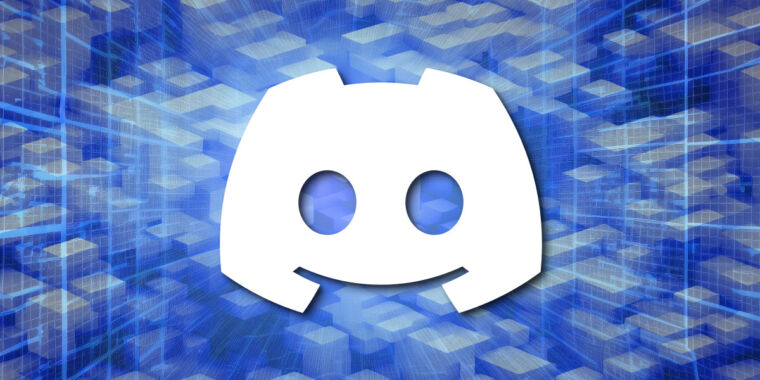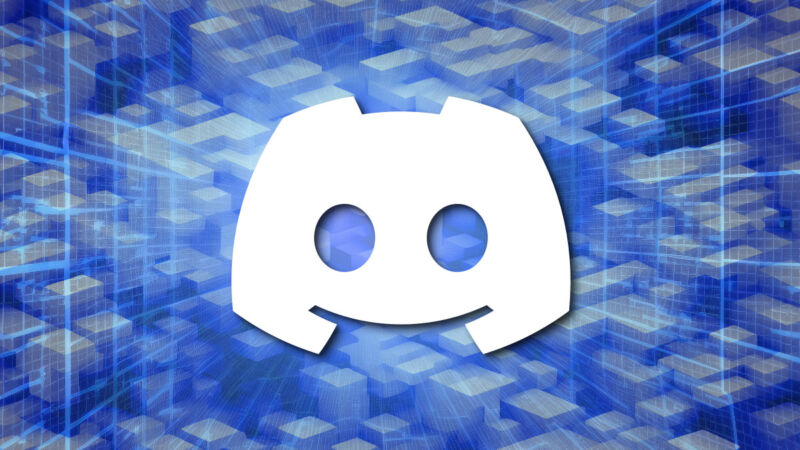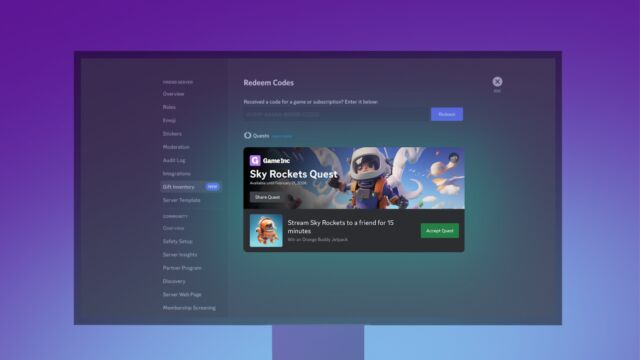After pushing cloud storage, TV provider to auto-delete 61-day-old DVR recordings
“Wish I knew this before” —
Customers originally had 365 days to enjoy the recordings.
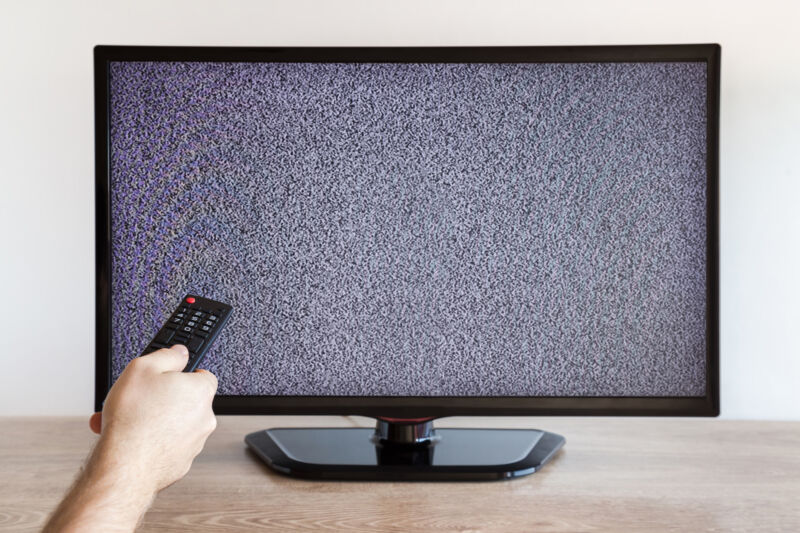
Canadian telecom Bell Canada has been pushing its cloud-based DVR service to its Fibe TV subscribers for years. While it has given customers advantages, like the ability to view their recordings from more devices, such as phones, compared to using local DVR storage, users don’t have as much control over the recordings as they thought they had.
On May 1, Fibe TV will automatically delete recordings stored on its Cloud PVR (personal video recorder) offering once the recordings hit 61 days of age, as confirmed by Canadian online newspaper Daily Hive. Currently, customers maintain access to recordings stored via Cloud PVR for 365 days.
Fibe TV apparently started alerting customers of the upcoming change this month.
A Bell Canada spokesperson, Jacqueline Michelis, minimized the idea of disruption to customers, telling Daily Hive: “The viewing of nearly all recordings takes place within 60 days, so there is minimal impact to customers.” Michelis didn’t provide more details on how Bell Canada arrived at this conclusion.
An X user (formerly Twitter) user going by SimonDingleyTV shared what he said was a notice he received from Fibe TV about the policy change. He claimed that a company representative told him that the reason for the change was to “save space.”
Bell updated its website to acknowledge the time limit and noted that Cloud PVR also has a limit of up to 320 hours of recordings. If users surpass that limit, the oldest recordings will start getting deleted.
“Absolutely ridiculous”
Customers have turned to Bell Canada’s online support forum to share their discontent with the changes, with some saying that they don’t align with the services they expected to receive when signing up for Fibe TV. Thankfully, Bell Canada won’t be able to delete recordings stored on DVR hardware inside customers’ homes.
Other complaints are coming from users whose recordings are being deleted even when they haven’t come close to maxing out their cloud storage or if their recordings aren’t available on demand.
A user going by camisotro on Bell Canada’s online support forum called the announcement “absolutely ridiculous” and condemned what they perceived to be years of telecoms pushing back against users’ ability to record content:
… Bell eliminated the option for any device that actually records TV locally, forcing customers onto an inferior TV box with ‘Cloud PVR.’ Now they are nerfing it to a nearly useless 60 days of recording. This is not the service I signed up for on contract, and yet I am still continuing to pay increasing prices.
Like rivals, Bell pushed customers toward cloud-based DVR, with its website stating, “Fibe TV has evolved to a cloud-based storage system for all your recordings.”
However, some users may not have realized the trade-offs.
“Wish I knew this before I traded PVRs to change to cloud storage! No one told us that !!!,” a forum user known as Crazy aunt said.
Another user, Thornquills, called the news a “deal-breaker” because they’re “paying $10.00/month for cloud storage,” and “2 months is too restrictive, in my opinion.”
Meanwhile, Bell Canada rival Rogers Ignite confirmed to The Canadian Press that it will continue allowing its customers to keep DVR recordings stored in the cloud for one year, as its cloud PVR offering exists to “help manage storage capacity.”
Fibe TV’s policy change comes about two months after Bell Canada announced that it was laying off 4,800 workers and selling 45 of its 103 radio stations.
After pushing cloud storage, TV provider to auto-delete 61-day-old DVR recordings Read More »
